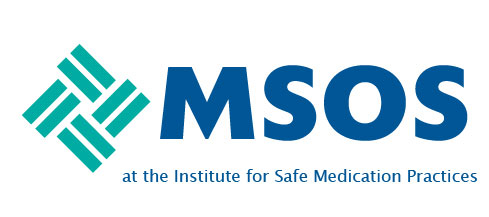In our infusion area we have heard complaints from patients about IV push diphenhydramine and/or dexamethasone being pushed too fast. After evaluation, the nurses are appropriately pushing over appropriate durations per the literature, but this often still feels too fast to the patient. Patients report drowsiness, lightheadedness, and restless leg when drugs are being administered. Some patients receive diphenhydramine as an IV piggyback which seems to help, but this is the exception not the rule.
This is particularly challenging for chemotherapies like paclitaxel, which often require multiple premedications (e.g. famotidine, dexamethasone, and diphenhydramine).
How are you administering these pre-medications in your clinic? Are nurses at the patient side pushing these medications or are you more often giving them as an IV piggyback medication that comes from pharmacy? How have you optimized this process to account for time constraints of busy clinics?

